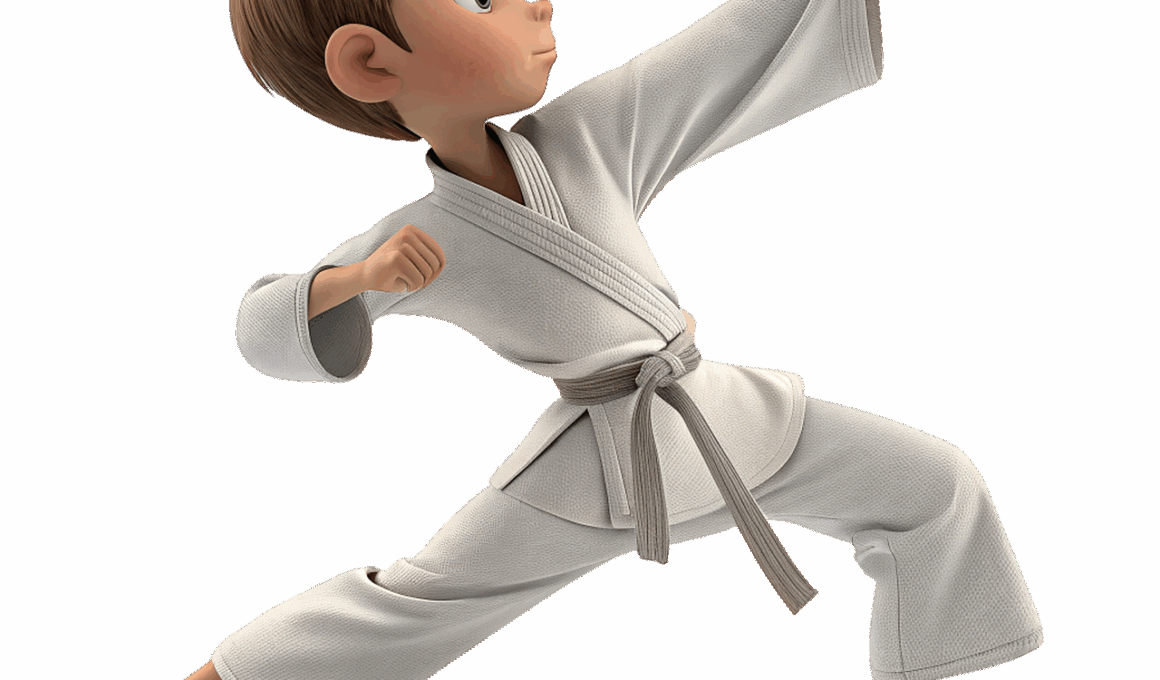The Influence of Arnis on Other Martial Arts Worldwide
Arnis, also known as Eskrima or Kali, emerges from the rich history of the Philippines, offering unique techniques and philosophies. This martial art emphasizes stick fighting, along with bladed and unarmed combat. It has influenced various martial arts globally, showcasing its adaptability and strategic depth. Practitioners of Arnis develop skills that extend beyond mere physical prowess; such skills foster quick decision-making, agility, and mental resilience. The art’s principles emphasize flow and precision over brute strength, making it accessible to individuals of different ages and physical abilities. This approach has enhanced the attraction of Arnis, thereby encouraging its adoption in diverse regions. As martial arts evolve worldwide, they often integrate styles from different cultures. The principles found in Arnis, such as distance management and timing, resonate with other fighting disciplines. This fusion adds depth to the martial practice, elevating the overall experience for fighters. Moreover, the cultural aspects of Arnis, when shared through demonstrations or seminars, promote understanding and appreciation among various martial communities. As more practitioners explore the intricate techniques of Arnis, its global influence continues to expand, enriching the tapestry of martial arts.
In addition to its influence on martial arts, Arnis promotes cultural awareness and appreciation of Filipino heritage. The emphasis on traditional weapons, crafting, and historical context enhances understanding of the Philippines’ rich martial past. Workshops and seminars conducted internationally often include insights into the philosophy and history of Arnis, allowing practitioners to grasp its cultural significance. This cultural exchange fosters mutual respect among martial artists and creates a sense of community across different disciplines. As Arnis grows in popularity, various styles evolve, adapting to the needs and preferences of practitioners. For instance, the integration of modern training techniques and fitness regimens ensures that Arnis remains relevant in today’s fast-paced world. Social media platforms showcase this evolution, engaging new audiences and inviting them to participate in this martial tradition. Furthermore, influential figures within the Arnis community have pioneered efforts to share this art form globally. They use inclusive approaches that encourage participation from various backgrounds, making Arnis more accessible to everyone. By bridging cultural gaps and encouraging collaboration, Arnis contributes to the broader martial arts movement, facilitating dialogue and understanding among diverse practitioners.
The Cross-Pollination of Techniques
Throughout history, martial arts have experienced significant cross-pollination, and Arnis stands out as a prime example. Techniques and principles of Arnis can be seen in various disciplines, notably in Brazilian Jiu-Jitsu and Filipino martial arts, where there’s a focus on grappling and joint locks. This blend highlights Arnis’s adaptability and its foundational influence within martial arts. Many practitioners who start in one discipline often find synergy with Arnis techniques, as they imbibe similar self-defense philosophies. The use of improvisation and adaptability found in Arnis encourages martial artists to be more versatile fighters. Various competitions showcase these integrated techniques, illustrating how Arnis can elevate other martial forms. Additionally, many instructors encourage students to explore Arnis as a supplemental skill set, emphasizing its practical applications in real-life scenarios. As students gain proficiency in Arnis, they often return to their primary martial arts with improved awareness and tactics. This transformation can lead to enhanced performance, showing the profound benefits of studying multiple styles. Ultimately, the interconnectedness of diverse martial arts enriches the overall practice and broadens perspectives for upcoming generations of martial artists.
The inclusion of Arnis in various martial arts tournaments signifies its growing recognition and respect among fighters worldwide. In recent years, competitions have featured Arnis as a standalone category, reflecting its evolution and importance. These events provide opportunities for practitioners to showcase their skills and share their passion for this art form. Additionally, the integration of Arnis techniques into self-defense courses has increased its popularity, especially in urban areas. Such courses highlight practical applications, making martial arts relevant for everyday life. As self-defense becomes essential in today’s society, more individuals turn to Arnis to empower themselves with skills and confidence. Schools and community centers embrace Arnis, often inviting instructors to lead classes, thereby introducing this martial art to younger generations. This grassroots effort has facilitated broader exposure, connecting Arnis enthusiasts with curious newcomers. The rise of online platforms also plays a pivotal role in promoting Arnis globally, enabling practitioners to share their knowledge and experiences. Video tutorials and virtual classes have made learning accessible to many, showcasing techniques to aspiring martial artists regardless of location. This digital outreach further cements Arnis’s influence in the martial arts world.
The Global Adoption of Arnis
In recent years, the expansion of Arnis beyond its native shores has seen remarkable growth, capitalizing on the global martial arts movement. Countries such as the United States, Canada, Australia, and several European nations have welcomed Arnis, integrating it into their cultural tapestry. Martial arts schools often embrace Arnis as part of their curriculum, sharing its techniques and philosophies with students. This exposure enriches local martial arts scenes and offers a unique perspective on combat training. Many practitioners appreciate Arnis for its balance between traditional practices and modern adaptations, enhancing its appeal. As more enthusiasts engage with this martial art, they discover its community-centric values and benefits beyond physical skills. Arnis fosters camaraderie among diversifying backgrounds, promoting respect and mutual learning within groups. Seminars, camps, and tournaments serve as platforms where practitioners can connect, share experiences, and foster lifelong friendships. These events often feature skilled instructors, showcasing the beauty and artistic elements inherent in Arnis. Ultimately, this globalization of Arnis contributes to its evolving identity while preserving its rich heritage, ensuring its legacy continues for future generations.
Arnis’s influence can also be observed in the development of hybrid martial arts, where elements from multiple disciplines combine to create well-rounded practitioners. The systematization of these hybrid styles showcases the versatility and effectiveness of techniques derived from Arnis. For instance, various martial arts academies now offer training programs emphasizing cross-disciplinary techniques tailored for real-world applications. This trend attracts students wanting comprehensive skill sets that blend different arts for versatility. Notable fighters have successfully incorporated Arnis techniques into their fighting strategies, demonstrating its effectiveness in competitive scenarios. As these fighters succeed, they promote Arnis as a viable option for skill acquisition, capturing the attention of aspiring martial artists. Additionally, the narrative created around blending styles inspires new generations to explore unique combinations and experiment with their training. This creative process leads to the development of innovative techniques and strategies, enhancing overall martial arts effectiveness. The ongoing evolution in martial arts training reflects a broader acceptance of diverse influences, ultimately enriching the martial arts community and fostering a culture of continuous learning and adaptation.
In conclusion, the influence of Arnis on martial arts worldwide is a testament to its adaptability and cultural significance. As practitioners increasingly recognize its benefits and techniques, the reach of Arnis continues to expand, fostering connections among martial artists everywhere. The bridging of cultures, philosophies, and techniques enriches the martial experience while preserving the essence of Arnis. The opportunities for collaboration create a more vibrant and inclusive martial arts arena, embracing practitioners from all walks of life. As Arnis evolves, it remains committed to its core principles while encouraging innovation and exploration. The combined efforts of dedicated practitioners, instructors, and cultural ambassadors ensure that Arnis retains its relevance in today’s dynamic world. As the future unfolds, the promise of Arnis continues to illuminate many paths for aspiring martial artists, inspiring them to embark on their journey. By recognizing and honoring the roots of Arnis, practitioners cultivate a deeper understanding of both their art and the global martial community. Through this collective journey, the enduring spirit of Arnis thrives, ultimately enriching the broader tapestry of martial arts.


